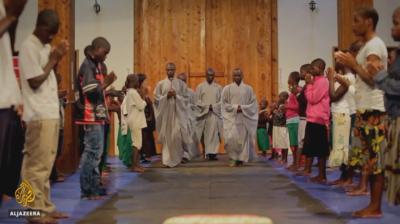Fast-tracking East African Integration. Assessing the Feasibility of a Political Federation by 2010
How to cite this publication:
Thomas Nzioki Kibua and Arne Tostensen (2005). Fast-tracking East African Integration. Assessing the Feasibility of a Political Federation by 2010. Bergen: Chr. Michelsen Institute (CMI Report R 2005: 14)
This report assesses the feasibility of the time schedule proposed by the so-called fast-track committee towards the establishment of an East African political federation by 2010. The long history of collaboration between the three East African states with its ups and downs has left a legacy for good and bad. Notwithstanding the historical legacy, the current situation is fundamentally different from that obtaining nearly 30 years ago. The regional integration project has progressed considerably. The major achievement is the conclusion of a customs union protocol. In other fields the rate of progress has also been impressive, albeit variable. The fast-track committee recommended a middle-of-the-road option: overlapping and parallel processes of integration. It discarded the compression of the stages of integration and shied away from immediately establishing a political federation. The launching date for the political federation was set at 1 January 2010. After the customs union, the East African Community (EAC) would progress to a common market and the harmonisation of employment/labour policies and legislation. None of the respondents saw the 2010 target date for a political federation as a feasible proposition and subscribed instead to a gradual building-block approach. All member states have democratic deficits and internal security problems. The EAC secretariat is small but effective. Capacity is overstretched, dangerously close to overloading. The donors were recommended to contribute to the planned EAC Development Fund and to engage in institution-building efforts.


